Button mushrooms, scientifically known as ‘Agaricus bisporus’, are the most commonly cultivated mushrooms worldwide. They are characterized by their small, white caps and mild flavor, making them a versatile ingredient in various culinary dishes. These mushrooms are also rich in nutrients, providing a good source of vitamins, minerals, and antioxidants.
Button mushrooms, the unsung heroes of the culinary world, offer a delightful blend of flavor and nutrition that can elevate any dish. From their humble origins in ancient farms to becoming a staple in modern kitchens, these versatile fungi have a fascinating story to tell. Rich in essential vitamins and minerals, button mushrooms are not just a tasty addition but also a powerhouse of health benefits. Whether sautéed, grilled, or added to soups and salads, their subtle yet distinct taste can transform everyday meals into gourmet experiences.
Button mushrooms, also known as white mushrooms, are one of the most popular and widely consumed mushrooms globally. They are cultivated extensively due to their mild flavor and tender texture, making them a versatile ingredient in various cuisines. These mushrooms are low in calories but high in important nutrients such as B vitamins, selenium, and potassium. Button mushrooms also contain antioxidants like ergothioneine, which help protect cells from damage. Their ease of cultivation and quick growth cycle make them a staple in both commercial agriculture and home gardening.
The Environmental Footprint of Button Mushroom
Button mushrooms, those humble white fungi found in grocery stores around the world, may seem like a fairly innocuous food crop. However, the industrial-scale farming operations required to satisfy global appetites for this popular edible mushroom variety come with significant environmental impacts. In this comprehensive report, we will examine the key areas where commercial button mushroom farming affects the environment, from greenhouse gas emissions to water and soil pollution to resource depletion and waste issues. While mushroom farming has a lower impact than many other agricultural sectors, there is still substantial room for improvement in sustainable practices.
An Overview of Button Mushroom Production
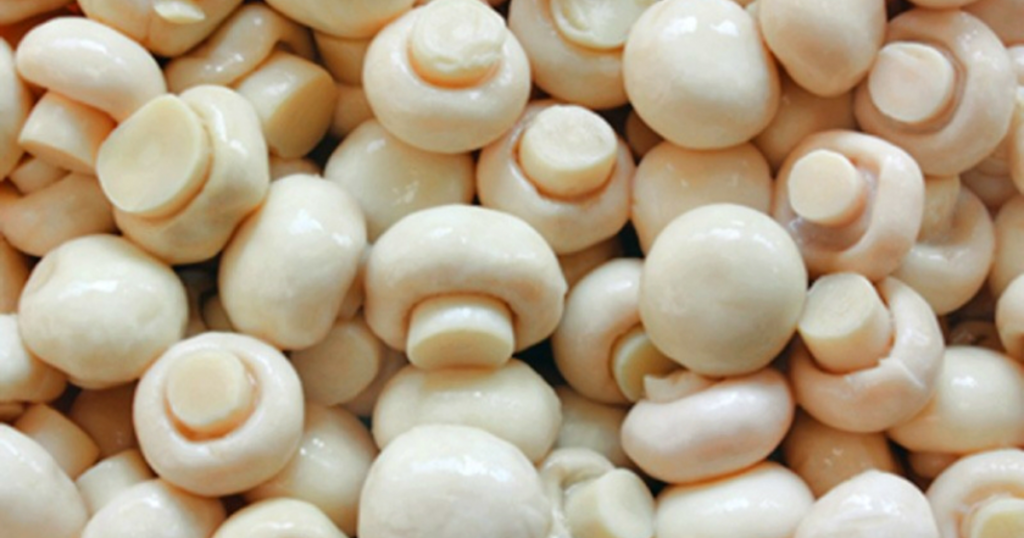
Before delving into the environmental effects, it’s helpful to understand the typical mushroom cultivation process. The vast majority of the world’s button mushrooms (Agaricus bisporus) are grown using an indoor, climate-controlled method on a substrate composed primarily of composted wheat straw, corn cobs, chicken manure, and gypsum.
The initial composting phase allows the raw ingredients to partially break down and produce the proper nutrients and environmental conditions to support mushroom growth. This compost is then inoculated with mushroom spawn (an active mushroom culture) and incubated for 2-3 weeks as the spawn runs through the entire mixture. Next, the spawned compost is placed into wooden trays or beds, covered with a casing layer of peat moss and limestone, and moved into a separate growing room.
With careful control of factors like temperature, humidity, carbon dioxide levels, and fresh air, the mushrooms will begin “pinning” (forming tiny outgrowths that develop into mature mushrooms) after 10-14 days. The mushrooms are then harvested in flushes every 7-10 days by hand or machine over a 4-6 week period as new crops continually form. Once depleted, the spent mushroom substrate is typically disposed of or used for low-quality applications like animal bedding or composting.
This indoor, two-phase production cycle enables year-round cultivation, with annual output from a single farm often numbering in the millions of pounds. The tightly-controlled environment also facilitates consistency, efficiency, and food safety. However, this intensive approach also generates significant environmental impacts that are important to recognize.
Carbon Footprint and Greenhouse Gas Emissions
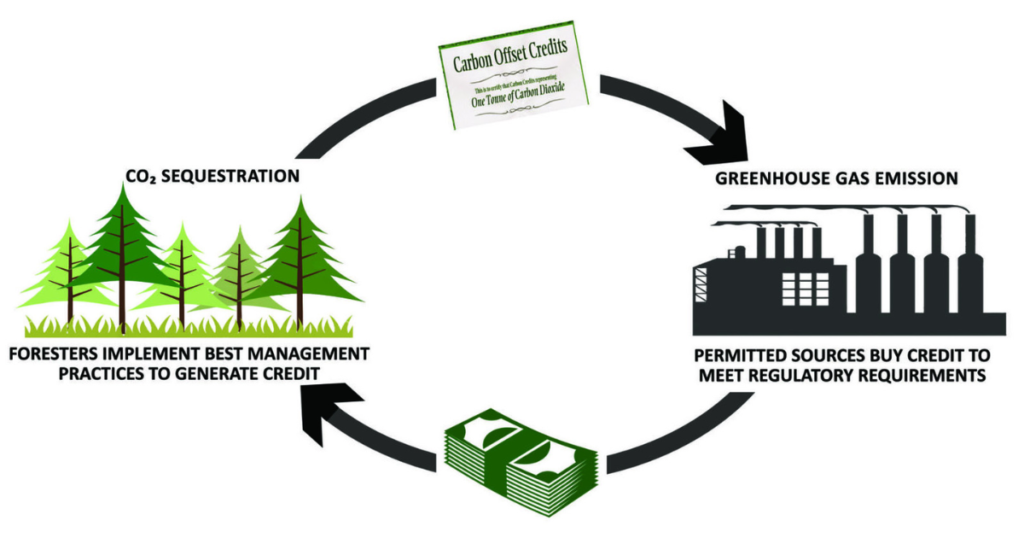
Like any agricultural operation, commercial mushroom facilities contribute to greenhouse gas emissions that drive climate change. The primary sources are:
Energy Use for Climate Control
Heating and cooling the spawning and growing rooms requires substantial energy inputs, whether from on-site fossil fuel combustion or electricity from the grid (which may come from coal or natural gas power plants). While mushroom farms tend to be more energy-efficient than some other greenhouse-grown crops, the climate control needs are still significant over such a large footprint.
Composting Emissions
The initial composting phase produces emissions of methane (a potent greenhouse gas) as the raw materials break down. Techniques like covering compost piles can help mitigate methane release, but some level of emissions is virtually unavoidable.
Transport and Distribution
Shipping resources to farms and distributing finished mushroom crops around the world by rail, truck and air involves fossil fuel combustion that generates CO2 emissions.
Estimates vary, but most lifecycle analyses find the carbon footprint of button mushroom production is around 1-2 kg CO2 equivalent per kg of harvested mushrooms. While not insignificant, this is generally lower than other animal proteins and many plant crops like grains and vegetables.
However, there is certainly room for improvement in energy efficiency, renewable energy use, composting techniques, and local distribution to reduce the climate impact. Emerging processes that use energy-efficient growing containers, alternative composted materials, and on-site renewable power could lower emissions substantially.
Water Pollution Concerns
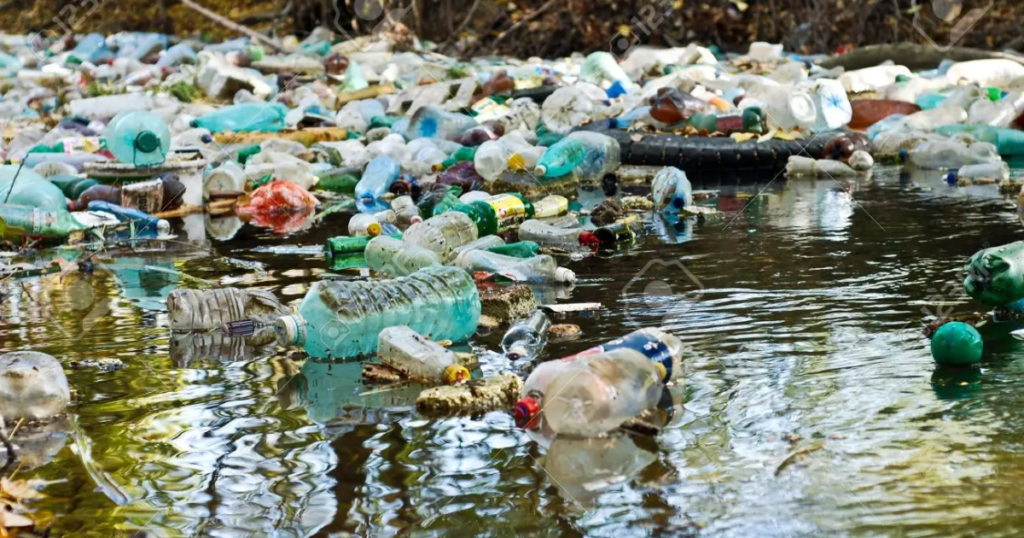
Indoor mushroom cultivation requires carefully controlled substrate moisture content and humidity levels, leading to the production of substantial wastewater that typically contains high levels of nutrients, solids, and other potential pollutants:
High Nitrogen and Phosphorus Levels
Composted manures provide essential nutrients for mushroom growth but also lead to nitrogen and phosphorus runoff from facilities that can cause nutrient pollution, algal blooms, and dead zones in surrounding watersheds.
Mud and Solids
Soil, mud, and mushroom debris washed off from handling equipment and containers contributes solids that can smother aquatic life and clog waterways.
Sanitizers and Cleaners
Growing rooms require extensive cleaning with sanitizers, detergents, and other antimicrobial agents that may contain toxic ingredients like chlorine compounds.
Pesticides and Fungicides
While mushroom pests are limited in the controlled environment, some conventional farms still use chemical pesticides and fungicides that can leach into ground and surface waters.
Responsible mushroom operations must have robust wastewater treatment and containment systems in place, including settling ponds, bioreactors, and careful land application strategies. Transitioning to more sustainable fertilizers and cleaning products can also reduce toxicity concerns. Some innovators are developing techniques to capture, treat, and recycle wastewater on-site as well.
Environmental Impacts from Substrates and Casing Materials
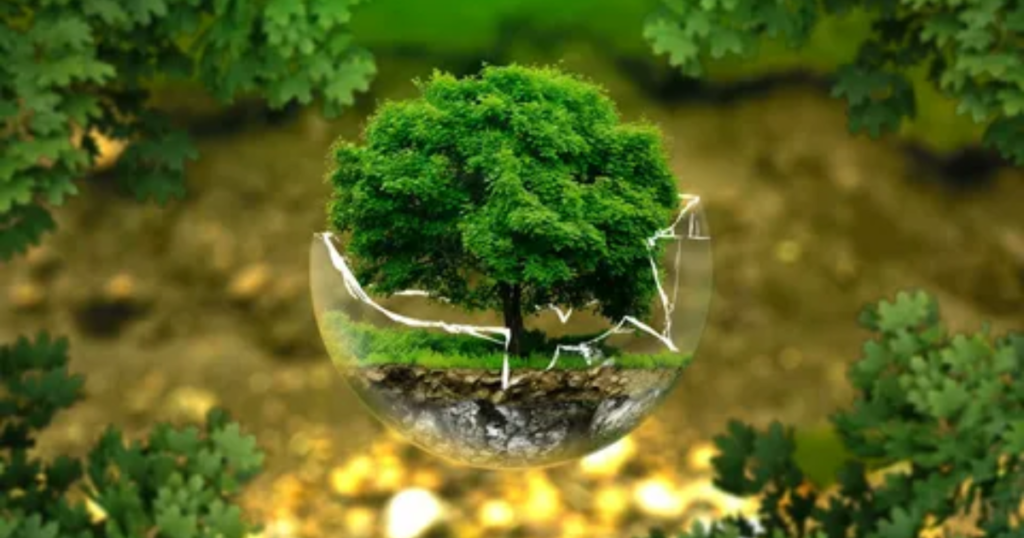
In addition to potential water quality issues, the mushroom cultivation substrates and casing materials present other environmental challenges:
Manure and Straw Demand
Large mushroom farms require tremendous volumes of wheat or rice straw plus chicken, horse or other manures as feedstocks. This drives demand for these agricultural and livestock byproducts, incentivizing unsustainable levels of production in some cases.
Peat Moss Use
The sphagnum peat moss used as a casing material is a non-renewable resource harvested from bogs and wetlands. Peat mining destroys these fragile ecosystems and releases stored carbon. More sustainable alternatives like coconut fiber may offset some of this impact over time.
Spent Substrate Disposal
Once mushroom crops are finished, farms are left with millions of pounds of partially decomposed organic waste to dispose of each year. If not handled properly, this substrate can generate odors, leachates, and run-off issues. Most is landfilled or tilled into soils, but innovative reuse applications are being explored as well.
Wasted Mushrooms
Up to 15-20% of harvested mushrooms may be rejected and disposed of if they do not meet quality standards or storage requirements. Finding better uses for these wasted crops could reduce the overall environmental footprint.
By improving the sourcing and use of these cultivation materials, much progress could be made in reducing impacts in these areas. For example, shifting towards alternative manure-based composts, recapturing wasted mushrooms for other food applications, and composting spent substrates in controlled processes could be steps in the right direction.
Read More:
Nutritional And Health Benefits Of Wood Ear Mushroom
Land Use and Habitat Impacts
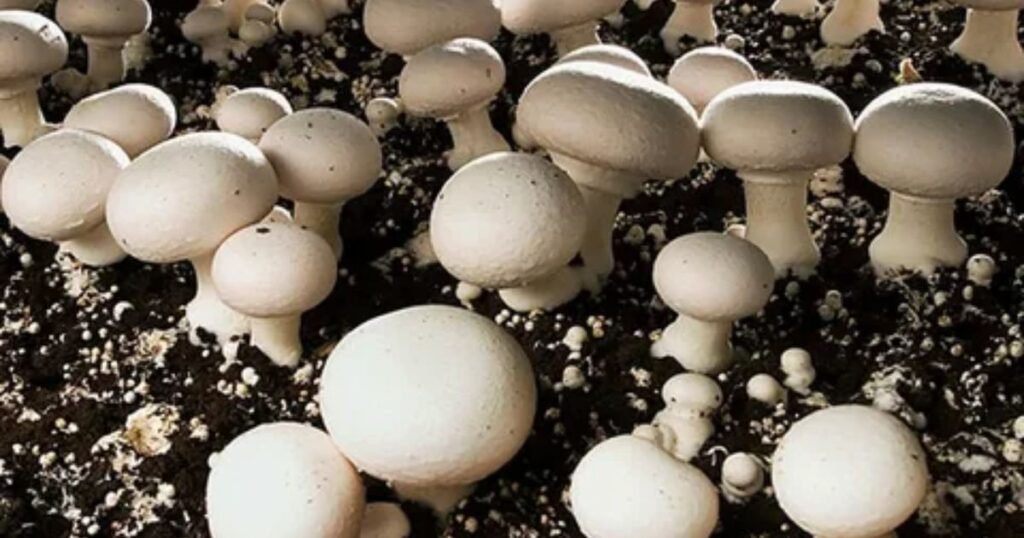
Compared to sprawling outdoor crop operations, mushroom farming has a fairly minimal physical footprint and land use impact by taking place primarily in enclosed, indoor facilities. However, some land-based issues remain around:
Development and Habitat Loss
When new mushroom farms are built in undeveloped areas, some habitats are invariably disrupted or destroyed. Clustering facilities together can minimize this disturbance.
Deforestation Concerns
If mushroom farmers source straw, manure or other materials from operations that contribute to deforestation and unsustainable agricultural practices, there is an indirect environmental cost.
Pollution Risks
As mentioned earlier, runoff, leachate, and other process wastes could potentially contaminate surrounding lands if not fully contained and treated.
Most mushroom growers attempt to locate facilities on land that is already cleared for agriculture or near livestock operations to reduce new land impacts. Still, sustainable sourcing of materials and effective waste management must be priorities.
Air Pollution and Odor Issues
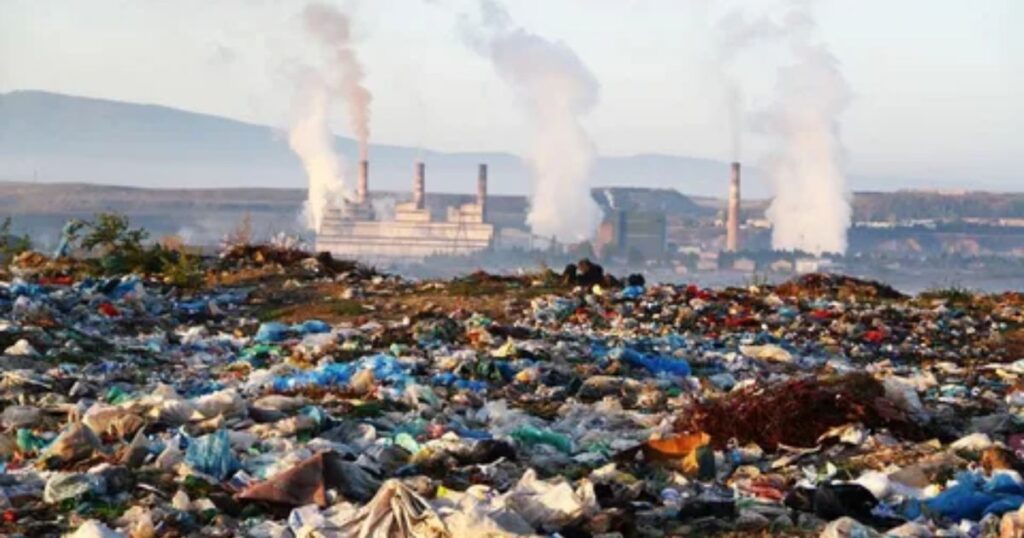
Mushroom facilities are generally not major contributors to outdoor air pollution, but they can generate noticeable levels of indoor particulates and odors that must be controlled:
Particulate Matter
Dust, spores, and other fine particles are continuously released during substrate mixing, mushroom harvesting, packaging, and spent substrate disposal. This requires extensive air filtration and protective equipment for workers.
Volatile Compounds
Key mushroom nutrients like nitrogen compounds and sulfur residues can generate foul odors from facilities unless exhaust air is carefully filtered or scrubbed before outdoor ventilation.
Ammonia Emissions
The composting phase can release ammonia fumes that contribute to environmental and health concerns if not fully captured.
Localized smells and odor complaints from neighboring communities are a common grievance around mushroom farms. Effective air control systems, proper maintenance schedules, and enclosing odor sources indoors are crucial for responsible operations.
Looking Towards Greater Sustainability

While the button mushroom industry has made substantial improvements in efficiency and sustainability practices over the last 20-30 years, there are still areas that growers can continue to enhance their environmental performance:
Energy and Climate Impacts
Mushroom farms have a strong economic incentive to improve energy efficiency and reduce utility costs through measures like:
- Installing high-efficiency HVAC systems and dehumidifiers
- Using thick insulation and air-tight construction
- Upgrading to LED lighting
- Implementing automated climate control systems
- Transitioning to renewable energy sources like solar, wind, geothermal
Beyond just conserving energy, many larger mushroom operations are also exploring ways to offset their emissions through carbon farming practices and emissions trading programs. This could involve measures like:
- Capturing and destroying methane from composting
- Implementing energy co-generation from biogas
- Converting spent substrate into biochar for carbon sequestration
- Purchasing verified carbon offset credits
- Improving distribution logistics and transport efficiency
As the pressures of climate change intensify, mushroom growers will likely face increasing external pressure and financial incentives to thoroughly decarbonize their supply chains in the coming decades.
Water Conservation and Treatment
Given the water intensive nature of mushroom cultivation, improving water use efficiency and wastewater handling are also priorities, such as:
- Recycling and reusing process water
- Implementing low-moisture composting techniques
- Using anaerobic digesters to treat wastewater
- Switching to environmentally-friendly sanitizers and cleaners
- Installing advanced filtration and treatment systems
- Carefully monitoring nutrient runoff
Some mushroom farms have achieved zero water discharge by fully recycling and recovering water on-site an impressive sustainability benchmark. As freshwater supplies become more constrained globally, these high standards may become necessities.
Waste Stream Utilization
Beyond simply disposing of spent mushroom substrate, innovative growers are exploring creative ways to extract more value and utility from these materials, such as:
- Composting into nutrient-rich soil amendments
- Processing into mushroom-based biodegradable packaging
- Extracting residual protein for animal feed applications
- Producing biogas and biofuels through anaerobic digestion
- Salvaging wasted mushrooms for culinary uses of nutraceuticals
Viewing these material streams as valuable feedstocks rather than wastes helps close the loop and reduces environmental burdens. Lifecycle assessments consistently show that comprehensive waste valorization strategies significantly improve the overall environmental profile of mushroom production.
Cultivation Process Improvements
While mushroom cultivation techniques are already quite sophisticated, there are still potential optimization opportunities, like:
- Using more efficient and automated harvesting technology
- Improving mushroom crop yields and biological efficiencies
- Transitioning to organic, chemical-free growing processes
- Developing alternative casing materials besides peat moss
- Enhancing energy monitoring and data analytics capabilities
- Exploring alternatives to composting like wood-based substrates
- Integrating circular economy principles throughout operations
The mushroom industry, universities, and agricultural research institutions continue piloting and evaluating new innovations that could boost sustainability across different environmental impact categories.
FAQs
What are the main environmental concerns associated with button mushroom farming?
The primary concerns include water usage, energy consumption, and waste production. Efficient management practices can mitigate these impacts significantly.
How does button mushroom farming affect soil health?
Mushroom farming can improve soil health through the use of compost, but improper disposal of spent mushroom substrate can lead to pollution. Responsible practices ensure the benefits outweigh the drawbacks.
Is water usage in button mushroom farming sustainable?
While button mushroom farming requires substantial water, advanced irrigation techniques and water recycling can make the process more sustainable. Efficient water management is key to reducing environmental impact.
What are the energy demands of button mushroom farming?
High energy demands arise from temperature and humidity control in growing facilities. Implementing renewable energy sources and energy-efficient systems can reduce the carbon footprint.
Can button mushroom farming be part of a sustainable agricultural system?
Yes, when integrated with practices like composting and waste recycling, button mushroom farming can complement sustainable agriculture. It also provides opportunities for circular economy initiatives.
Conclusion
Button mushroom farming, while presenting certain environmental challenges, offers numerous opportunities for sustainable agricultural practices. By addressing concerns related to water usage, energy consumption, and waste management, the industry can significantly reduce its ecological footprint. Advances in technology and the implementation of renewable energy sources play a crucial role in achieving these goals.
Furthermore, integrating button mushroom farming with other sustainable practices, such as composting and recycling, can enhance overall environmental benefits. As consumers and producers alike become more aware of these impacts, the push towards more eco-friendly farming methods continues to grow. Ultimately, with mindful practices and continuous innovation, button mushroom farming can contribute positively to sustainable food systems.

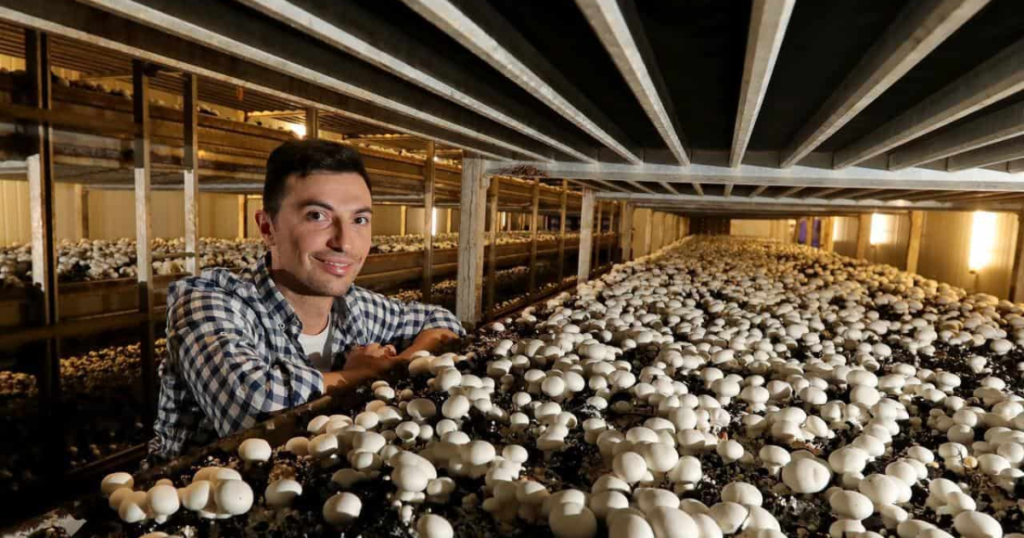
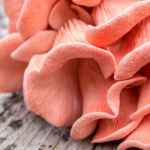
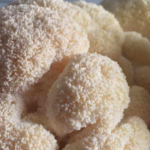




1 thought on “Environmental Impact of Button Mushroom Farming”